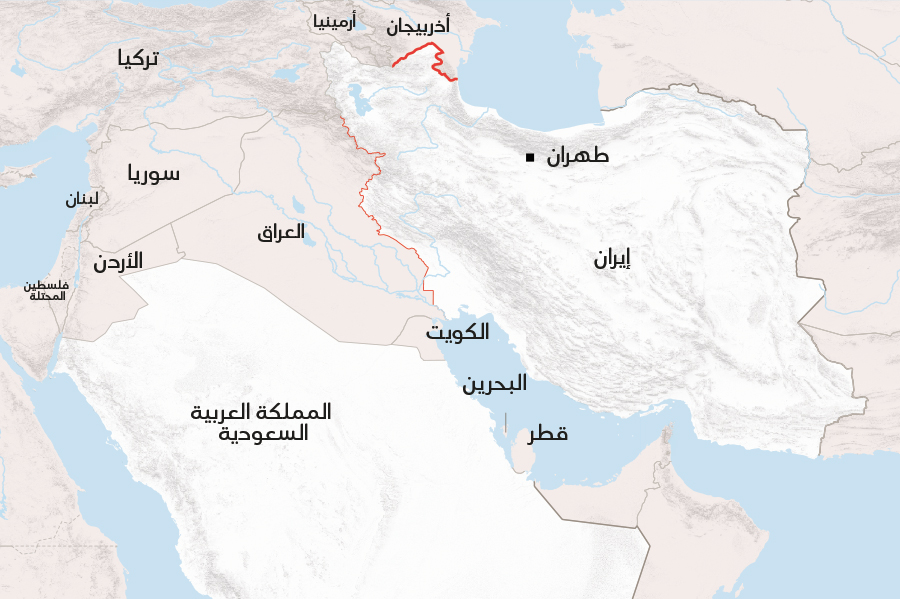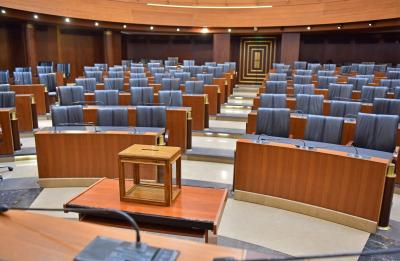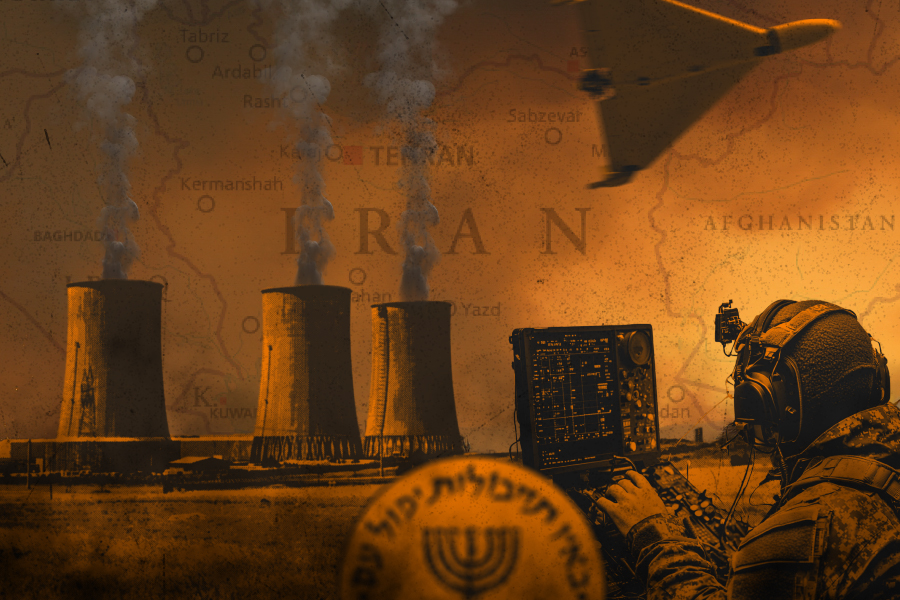In the world of espionage, nothing is left to luck. And as tensions between Iran and Israel intensify, the threads of a shadowy game are increasingly coming to light—a game orchestrated by invisible agents and minds that cross borders and barriers with ease. The question today is no longer whether Israel has agents inside Iran, but how it succeeded in planting them, tracking the movements of top military leaders and nuclear scientists, and why Iran has failed to uncover them.
For years, high-profile operations have shaken Iranian territory: the assassination of nuclear scientists like Mohsen Fakhrizadeh, mysterious explosions at the Natanz and Isfahan nuclear facilities, and the theft of sensitive documents from Iran’s nuclear archives in Tehran. Such precise operations cannot be carried out by signals intelligence alone—they require insiders who know the exact timing, location, and method to access both sites and secrets.
Israel’s Mossad has been accused of recruiting local networks within Iran—some opposed to the regime, others coerced through blackmail or lured by financial incentives, and some recruited from marginalized ethnic minorities living in already restive areas.
It is believed Mossad has been using neighboring countries, such as Azerbaijan and Iraq, as staging grounds to recruit, train, and deploy agents into Iranian territory by land, facilitated by Iran’s porous borders that allow for easy infiltration and movement.
Israel has also worked in coordination with Western intelligence agencies, employing advanced cyber tools such as Stuxnet, a sophisticated malware virus. Stuxnet was the first cyberweapon of its kind, used to sabotage Iran’s Bushehr nuclear facility and other industrial systems by destroying uranium enrichment centrifuges.
Reports have also pointed to breaches within Iran’s own military and security institutions—leaks of strategic plans and classified data about the country’s nuclear program. Israel once publicly claimed it had seized Iran’s nuclear archive from Tehran—an operation far from theatrical. The sheer volume of data and revelations about Iran’s facilities proves that something deeply invasive has occurred inside the country.
Today, Israel increasingly relies on human intelligence from within Iran rather than satellite imagery. Despite Iran’s tight internal security, its bloated bureaucracy, fragmented intelligence services, and internal rivalries have made it difficult to coordinate responses to organized infiltrations like these. The intensifying infighting among Tehran’s political factions further destabilizes state agencies and weakens the national security system.

The Iran–Israel conflict has now moved beyond drones and missiles; it has become a war of spies, data, and disruption. Israel’s penetration of Iranian territory is not merely tactical—it is part of a broader intelligence doctrine designed to paralyze Iran’s capabilities from within and influence decision-making by shattering internal trust.
When trust becomes a liability for the regime, the objective shifts from damaging facilities to eroding the system’s internal confidence. When senior scientists and military leaders are assassinated in tandem and state security fails to prevent it, the regime faces an existential crisis beyond the scope of conventional warfare.
Faced with this multifaceted Israeli breach, Iran is undergoing a strategic test—not just to improve its security apparatus but to fully reassess its intelligence and political infrastructure. Victory in this kind of war depends on who gets the information first, who decodes it better, and who succeeds in protecting secrets while exposing the enemy.
Tehran’s first priority must be to unify its fragmented intelligence agencies under a single, high-level national coordination body to eliminate chaos and bureaucratic blind spots. It must also invest heavily in cybersecurity and digital defense, now an existential necessity as electronic warfare threatens to bring down critical systems without firing a single bullet.
But Iran cannot overlook its internal vulnerabilities. Public dissent, corruption, and the political marginalization of certain groups create fertile ground for recruitment. Rebuilding citizens’ trust in the state and investing in internal openness will serve as a powerful, stable, and cohesive line of defense, no less important than any surveillance system or satellite.
Ultimately, Iran must realize that intelligence wars are fought with brains before tools—and regaining the initiative is not just about repelling attacks, but about building a robust intelligence deterrent that throws off the enemy and redraws the rules of engagement.
Please post your comments on:
[email protected]
 Politics
Politics













